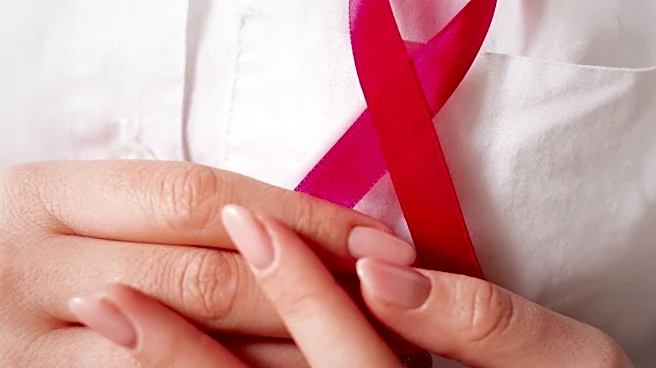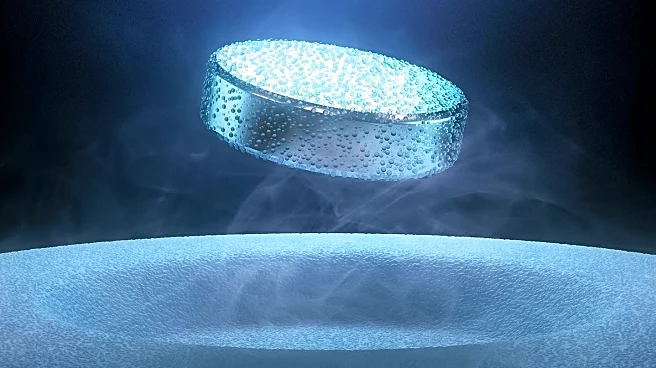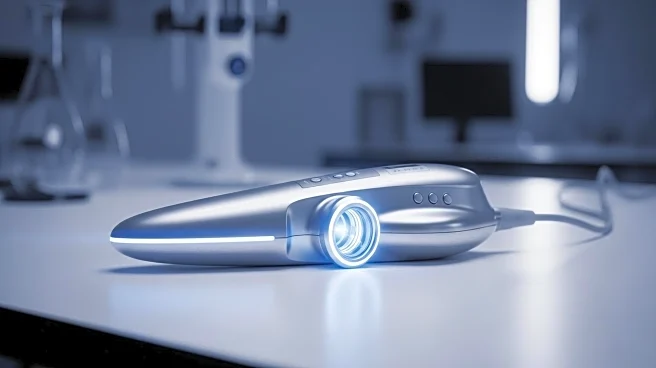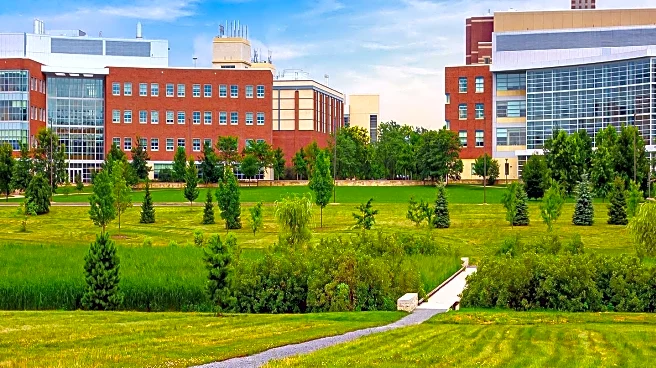What's Happening?
Researchers at Karolinska Institutet, in collaboration with the Department of Pathology at Karolinska University Hospital, have discovered that pancreatic tumor cells can exploit damaged tissue in the pancreas to create new environments conducive to their growth. This study, published in Nature Communications, involved samples from 108 patients who underwent surgery at Karolinska University Hospital. The findings reveal that tumor cells not only spread in the connective tissue-rich environment typical of pancreatic cancer but also invade damaged parts of normal pancreatic tissue. In these damaged areas, the tumor cells exhibit different characteristics compared to those in the connective tissue-rich parts. The study highlights that tumor cells in damaged areas often have a 'classical' tumor profile, while those in connective tissue-rich areas display a more aggressive profile. The presence of support cells expressing the protein NGFR, linked to tissue healing, was also noted in the damaged areas.
Why It's Important?
This discovery is significant as it sheds light on the adaptive nature of pancreatic tumor cells and their ability to exploit damaged tissue environments. Understanding this behavior is crucial for developing more effective treatment strategies for pancreatic cancer, a disease with notoriously low survival rates. The study suggests that the tumor's environment, particularly the damaged tissue, may influence how the cancer develops and responds to treatment. This could lead to new therapeutic approaches that target the specific environments within the pancreas where tumor cells thrive. The research underscores the importance of considering the tumor microenvironment in cancer treatment and could pave the way for personalized medicine approaches that take into account the unique characteristics of each patient's cancer.
What's Next?
Future research may focus on further exploring the role of the NGFR protein and other factors in the tumor microenvironment that contribute to cancer progression and treatment resistance. Clinical trials could be designed to test therapies targeting these specific environments within the pancreas. Additionally, the findings may prompt a reevaluation of current treatment protocols to incorporate strategies that address the unique challenges posed by the tumor's adaptive behavior in damaged tissue. Collaboration between researchers and clinicians will be essential to translate these findings into practical treatment options that improve patient outcomes.
Beyond the Headlines
The study highlights the complex interplay between tumor cells and their microenvironment, emphasizing the need for a holistic approach to cancer treatment. By focusing on the tumor's ability to adapt to and exploit its surroundings, researchers can develop more comprehensive strategies that address not only the cancer cells themselves but also the supportive environments that facilitate their growth. This approach could lead to breakthroughs in treating other types of cancer that exhibit similar adaptive behaviors.










